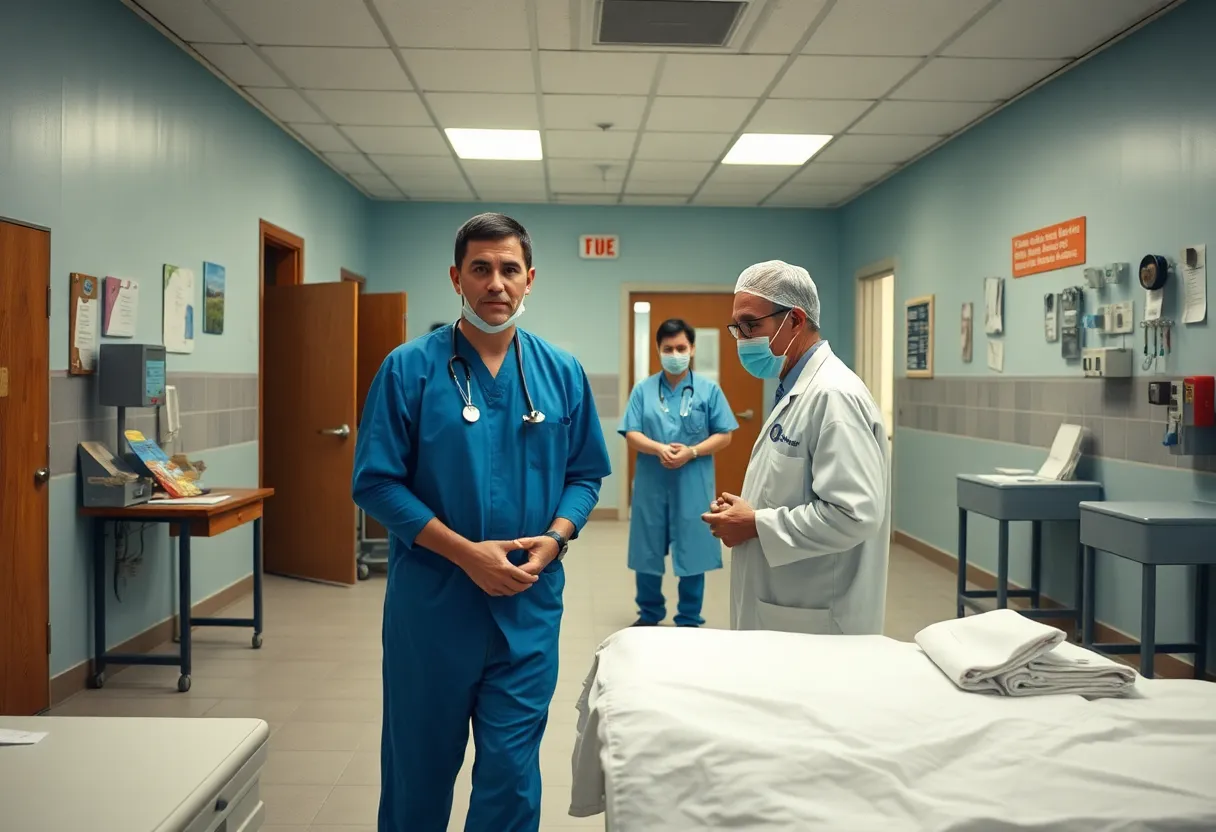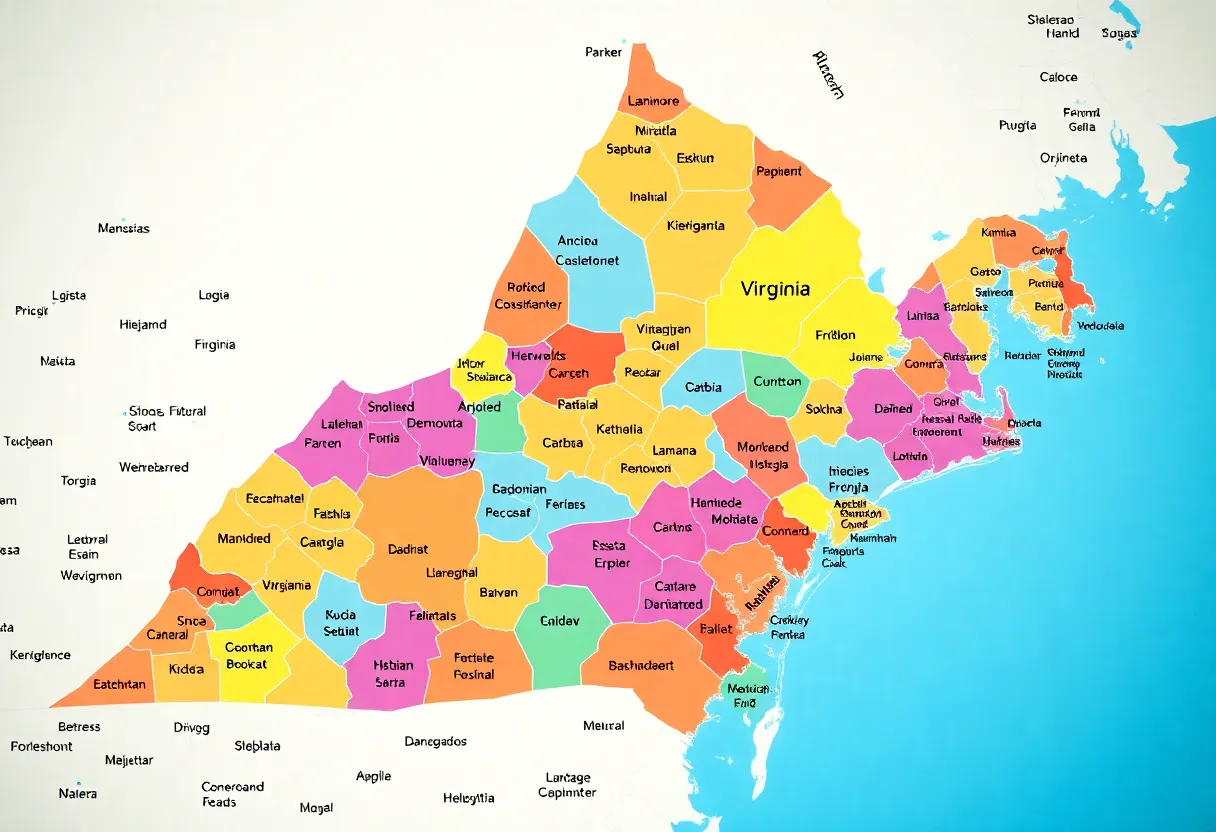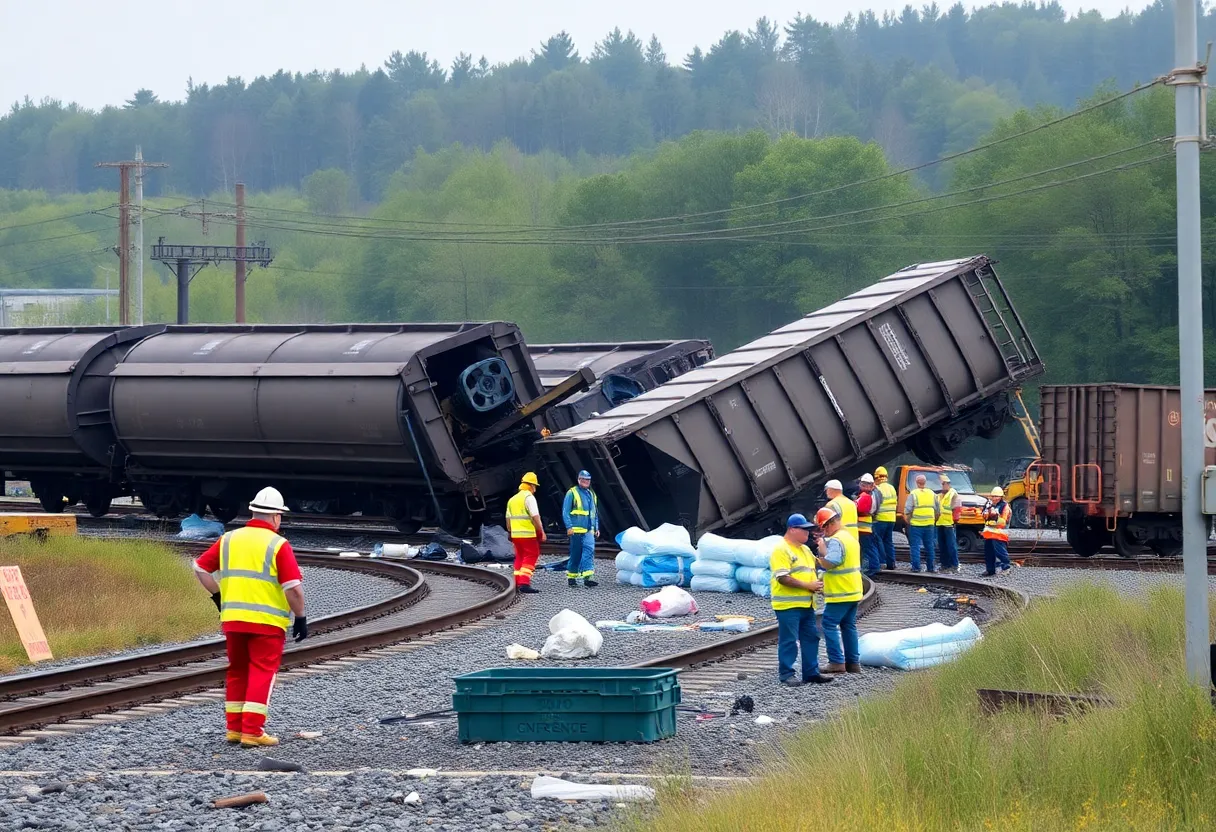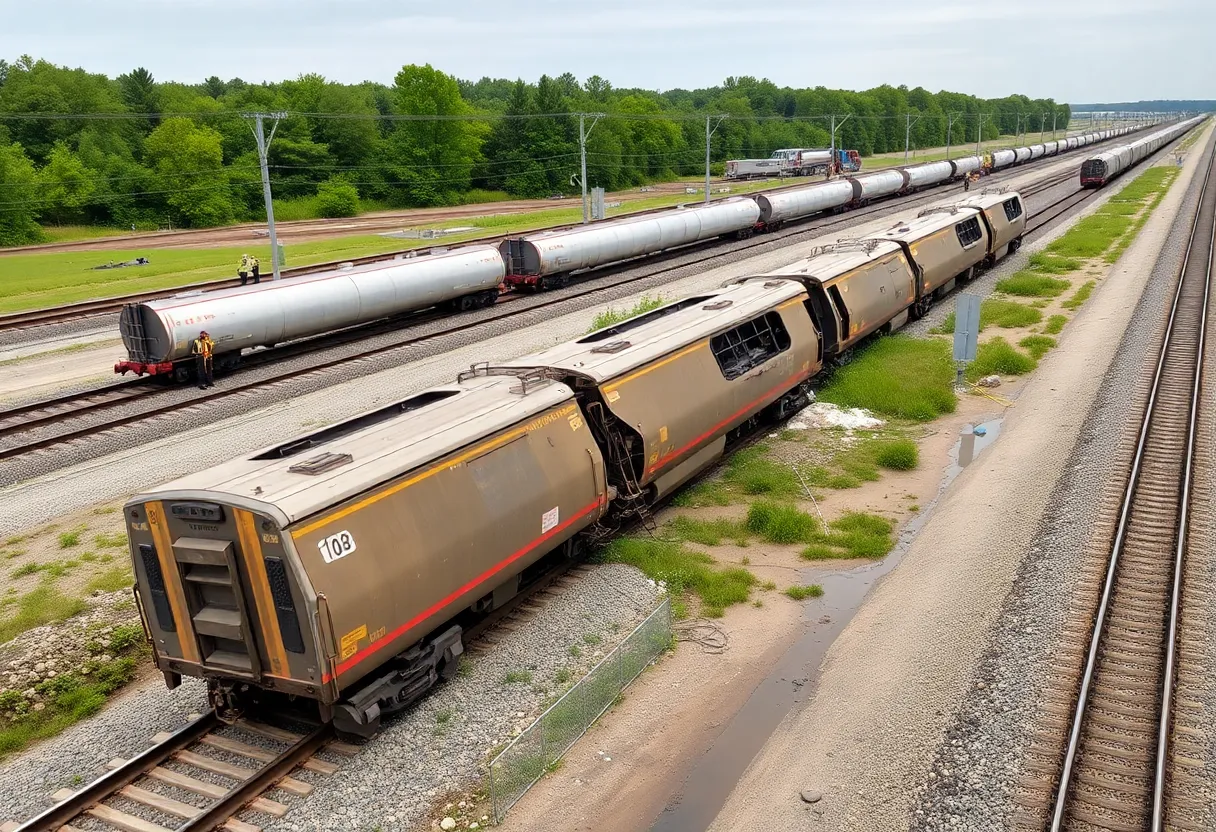News Summary
Recent changes to federal Medicaid funding are causing widespread concern in rural communities across the U.S. With over $1 trillion in cuts anticipated over the next decade, approximately 66 million rural residents who rely on Medicaid for their health coverage are facing unprecedented challenges. The potential loss of health insurance for nearly 11.8 million individuals, coupled with increased bureaucratic hurdles, could severely impact healthcare access in these areas. Rural hospitals, already strained, are facing possible closures, threatening essential services and the local economy.
Major Medicaid Cuts: A Looming Nightmare for Rural Americans
Recent changes to federal Medicaid funding are sending shockwaves through rural communities across the United States. With the recent spending package signed into law, we’re looking at a staggering **_reduction of over $1 trillion_** in Medicaid funding over the next decade. This is particularly concerning for the approximately **_66 million_** residents living in rural areas who greatly rely on Medicaid for their health coverage.
The Impact of Medicaid Cuts
The recent legislation is poised to affect **_11.8 million_** individuals who may lose their health insurance. This is an unprecedented move that marks the largest rollback of health coverage in U.S. history, a significant shift that could further harm the healthcare access in rural America, where many do not have alternative resources.
Rural hospitals are bracing for an increase in **_unpaid care_** they will be expected to deliver, creating a perfect storm for potential service reductions or complete closures. The government expects all states to implement **_work requirements for Medicaid enrollees by the year 2027_**. This means that many enrollees will need to work a minimum of **_80 hours a month_** or be enrolled in school, which could leave millions more without access to health coverage.
Bureaucratic Barriers and Uncertain Futures
As if losing coverage weren’t enough, this new law also adds layers of **_bureaucratic hurdles_**. States are now required to verify Medicaid eligibility every **_six months_**, increasing the likelihood of people losing coverage due to procedural delays. The Congressional Budget Office predicts that these work requirements alone could lead to nearly **_5 million individuals_** losing their Medicaid benefits.
The Aftermath of Cutting Medicaid
Unfortunately, the impact doesn’t just stop there. Changes to the **_premium tax credits within the Affordable Care Act Marketplace_** could also affect around **_3 million people_** by 2034. The expiration of the expanded tax credits introduced during the COVID-19 pandemic could leave an estimated **_4.2 million_** more without insurance.
A Small Ray of Hope
The Senate has proposed allocating **_$50 billion_** over five years for a new Rural Health Transformation Program. However, many experts feel this amount is not nearly enough to offset the Medicaid cuts and other vital programs that rural communities depend on.
Rural Hospitals Already Under Strain
Rural hospitals, many already facing critical challenges due to limited finances and infrastructure, are in a precarious situation. Since 2010, **_153 rural hospitals have closed or reduced inpatient services_**, significantly impacting local communities. An analysis shows that **_338 rural hospitals are currently at risk of service reductions or complete closure_**. Shockingly, over half of the rural hospitals have stopped delivering babies, leaving many expecting mothers without nearby maternity care.
The Ripple Effect of Hospital Closures
These closures don’t just affect healthcare—they ripple through the entire local economy. Rural hospitals often serve as major employers in smaller towns, contributing to the local tax base. When these institutions close, it becomes much harder for residents to access essential services, which can lead to longer travel times for medical care. In turn, this could result in delayed or even forgone care, worsening health outcomes across these already underserved populations.
What’s Next?
The financial strain rural hospitals face is compounded by their **_lower patient volumes_**, particularly given the higher fixed costs associated with healthcare delivery. The clock is ticking, and with health systems already under siege, the state of rural healthcare hangs in the balance. It’s a situation that demands attention as millions of Americans rely on these services to lead healthy lives.
As we look toward the future, let’s keep our fingers crossed that better solutions emerge to protect the healthcare access that rural Americans desperately need.
Deeper Dive: News & Info About This Topic
- The Conversation: Rural Hospitals Hit Hard by Spending Package
- Wikipedia: Medicaid
- News from the States: Medicaid Cuts in Rural America
- Google Search: Rural Healthcare
- AJMC: Saving Rural Hospitals
- Encyclopedia Britannica: Rural Health
- MassLive: Rural Health Crisis Looms
- Governing: Retaining Rural Health Workers

Author: STAFF HERE WILLIAMSBURG WRITER
The WILLIAMSBURG STAFF WRITER represents the experienced team at HEREWilliamsburg.com, your go-to source for actionable local news and information in Williamsburg, James City County, and beyond. Specializing in "news you can use," we cover essential topics like product reviews for personal and business needs, local business directories, politics, real estate trends, neighborhood insights, and state news affecting the area—with deep expertise drawn from years of dedicated reporting and strong community input, including local press releases and business updates. We deliver top reporting on high-value events such as Williamsburg Farmers Market, Yorktown Market Days, and Busch Gardens Food & Wine Festival. Our coverage extends to key organizations like the Greater Williamsburg Chamber of Commerce and Colonial Williamsburg Foundation, plus leading businesses in education and hospitality that power the local economy such as College of William & Mary, The Williamsburg Winery, and Sodexo. As part of the broader HERE network, including HEREVirginiaBeach.com, we provide comprehensive, credible insights into Virginia's dynamic landscape.





